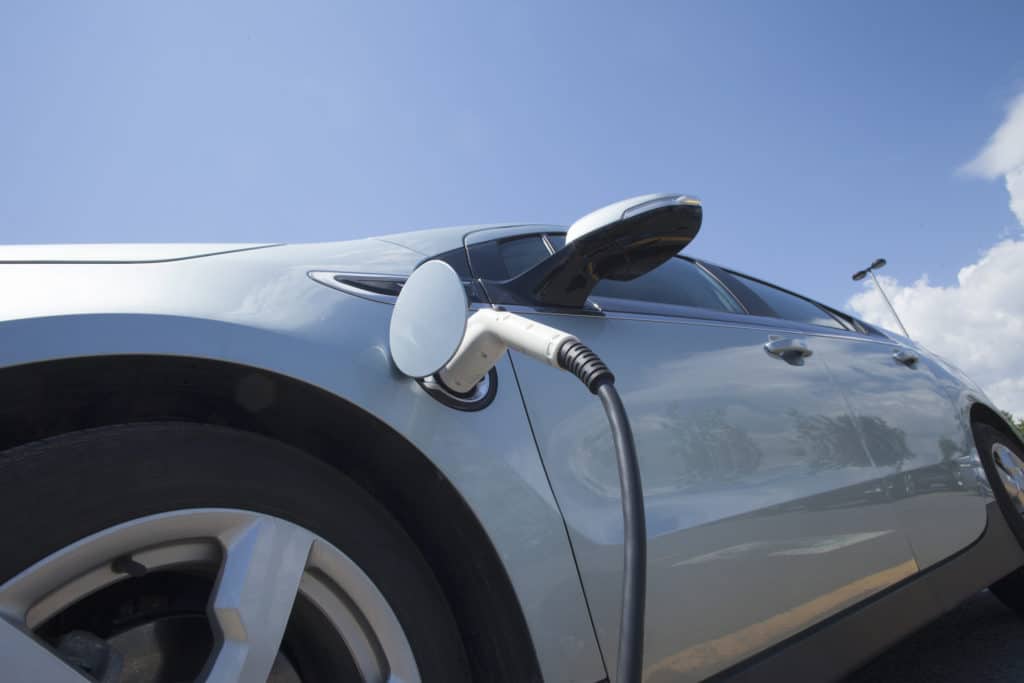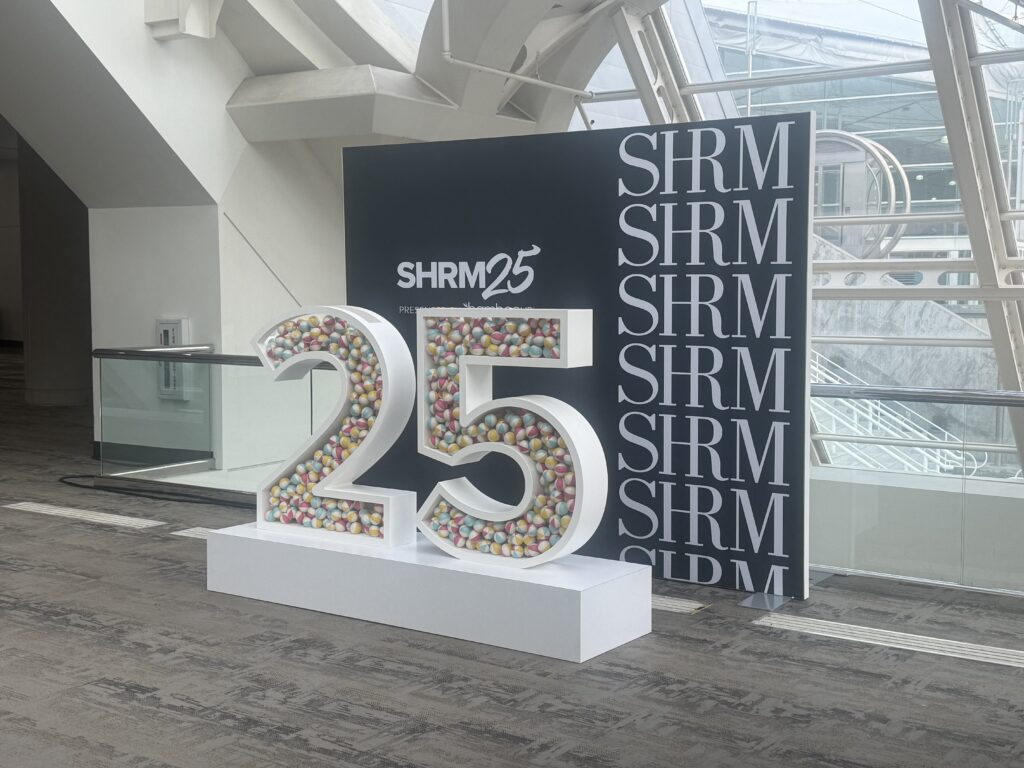New research reveals dramatic cost disparities that make uniform national reimbursement rates fundamentally unfair.
Imagine two employees doing identical jobs for the same company—one based in Denver, the other in Detroit. Both drive the same number of miles for work, use similar vehicles, and perform at the same level. Yet one consistently pays significantly more out-of-pocket for their work-related driving expenses than the other, simply because of where they live.
This isn’t a hypothetical scenario. It’s happening right now at companies across America that rely on uniform national vehicle reimbursement rates.
The Hidden Cost of Geographic Inequality
According to Motus’s groundbreaking 2025 State of Corporate Driving in America Benchmark Report, employees in Western states face fuel costs that are up to 37% higher than their Midwestern counterparts. This dramatic disparity reveals a fundamental flaw in how most organizations approach vehicle reimbursement for their mobile workforce.
The research, which analyzed data from over 4,000 driving employees across multiple industries, exposes what we’re calling “the geography gap”—the growing divide between actual driving costs and reimbursement adequacy across different regions of the United States.
Beyond Fuel: The Full Picture of Regional Disparities
While fuel costs represent the most visible disparity, the geographic differences extend far beyond the gas pump:
Western Region: Employees face the nation’s highest fuel costs, particularly in California, creating significant reimbursement challenges that compound with higher insurance and registration fees.
Northeast Region: Workers deal with shorter trips but higher fuel costs, plus unique challenges from urban congestion that increase both time and expense per mile driven.
Midwest Region: Drivers typically cover longer distances but benefit from generally lower fuel prices, creating a different cost structure entirely.
Southern States: Employees experience some of the highest annual mileage totals, with varying fuel costs depending on proximity to refineries and state tax policies.
The Business Impact: When Fairness Drives Performance
The data reveals that these regional inequities aren’t just a matter of accounting—they’re directly impacting employee satisfaction and retention. Companies implementing region-specific reimbursement models report 32% higher satisfaction rates among driving employees.
This correlation between fairness and satisfaction makes business sense. When employees in high-cost regions consistently pay more out-of-pocket for work-related expenses, it effectively reduces their compensation compared to colleagues doing identical work in lower-cost areas. Over time, this hidden inequality can drive talent away from critical markets and create recruitment challenges in expensive regions.
The Modern Mobile Workforce: Stakes Higher Than Ever
The importance of getting vehicle reimbursement right has never been greater. The research shows that mobile workers spend an average of 13 hours weekly working from their vehicles—roughly equivalent to 33% of a standard work week. For these employees, their vehicle represents more than transportation; it’s their primary workspace.
This reality makes vehicle programs a critical component of workforce strategy, yet many organizations continue to rely on outdated approaches that fail to recognize regional cost variations. As the report notes, “The era of rigid corporate vehicle policies is ending. Success requires flexible, technology-enabled solutions that recognize vehicles as legitimate workspaces.”
Industry-Specific Challenges Multiply Regional Issues
The geographic disparities become even more complex when viewed through an industry lens. The benchmark report’s analysis of vehicle preferences across different sectors reveals how job requirements intersect with regional costs:
- Construction workers in the Western states face the double burden of higher fuel costs and the need for larger, less fuel-efficient vehicles
- Healthcare workers in expensive Northeastern markets must balance reliability requirements with premium fuel prices
- Sales teams covering large territories in the South deal with high mileage volumes in states with varying cost structures
Technology as the Equalizer
Progressive organizations are turning to technology-enabled solutions to address these geographic inequities. Companies implementing automated mileage tracking tools report 23% faster expense processing and 17% fewer reimbursement disputes, while also gaining the granular data needed to implement fair, region-specific reimbursement models.
Modern Fixed and Variable Rate (FAVR) programs can automatically adjust reimbursement rates based on local cost factors, ensuring that employees in all regions receive fair compensation for their work-related driving expenses. This approach eliminates the hidden geographic penalty that uniform national rates create.
The Path Forward: From Uniform to Fair
The research makes clear that one-size-fits-all reimbursement models are not just outdated—they’re actively creating inequity in the workforce. Rising fuel price volatility is making regional reimbursement disparities increasingly problematic for nationwide workforces, creating hidden inequities in compensation for employees doing identical work in different states.
Organizations that continue to rely on uniform national rates risk:
- Talent flight from high-cost markets where employees are effectively penalized for their location
- Reduced recruitment effectiveness in expensive regions where out-of-pocket costs deter candidates
- Compliance risks as state-by-state employment regulations increasingly focus on expense reimbursement adequacy
- Productivity losses from dissatisfied mobile employees who feel unfairly compensated
Taking Action: The Business Case for Change
The solution isn’t complex, but it does require strategic thinking. Leading organizations are adopting region-specific reimbursement frameworks that:
- Account for local cost variations in fuel, insurance, and vehicle operating expenses
- Leverage data-driven approaches that automatically adjust to market changes
- Provide transparency so employees understand how their reimbursement rates are calculated
- Maintain compliance with evolving state and federal regulations
The business case for these changes is compelling. Beyond the satisfaction improvement, organizations implementing fair, region-specific reimbursement report better retention in competitive markets, improved recruitment outcomes, and stronger performance from mobile teams who feel equitably compensated.
The Competitive Advantage of Fairness
As the 2025 benchmark data makes clear, the geography gap isn’t going away—if anything, regional cost disparities are likely to increase as economic policies, environmental regulations, and infrastructure investments vary by state. Organizations that proactively address these inequities will gain a significant competitive advantage in attracting and retaining mobile talent.
The question isn’t whether regional differences in driving costs exist—the data conclusively proves they do. The question is whether your organization will continue to penalize employees for geography, or whether you’ll embrace the technology and strategies needed to ensure fairness across your entire mobile workforce.
Ready to dig deeper into the data? The complete 2025 State of Corporate Driving in America Benchmark Report contains comprehensive analysis of regional cost variations, industry-specific vehicle preferences, and strategic recommendations for modernizing your vehicle reimbursement program. Download the full report to access detailed insights that can help you eliminate the geography gap and create a truly fair reimbursement strategy for your mobile workforce.







